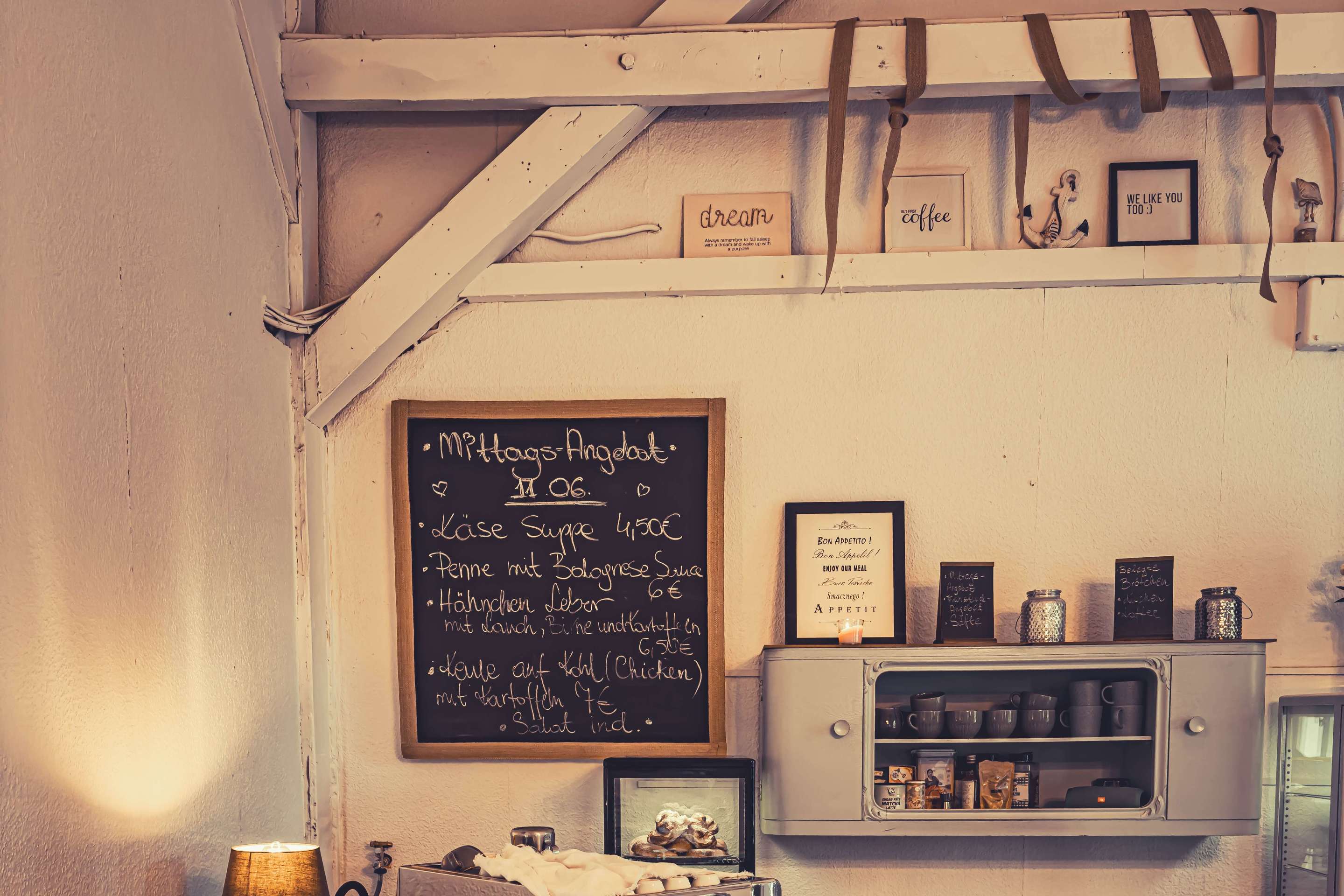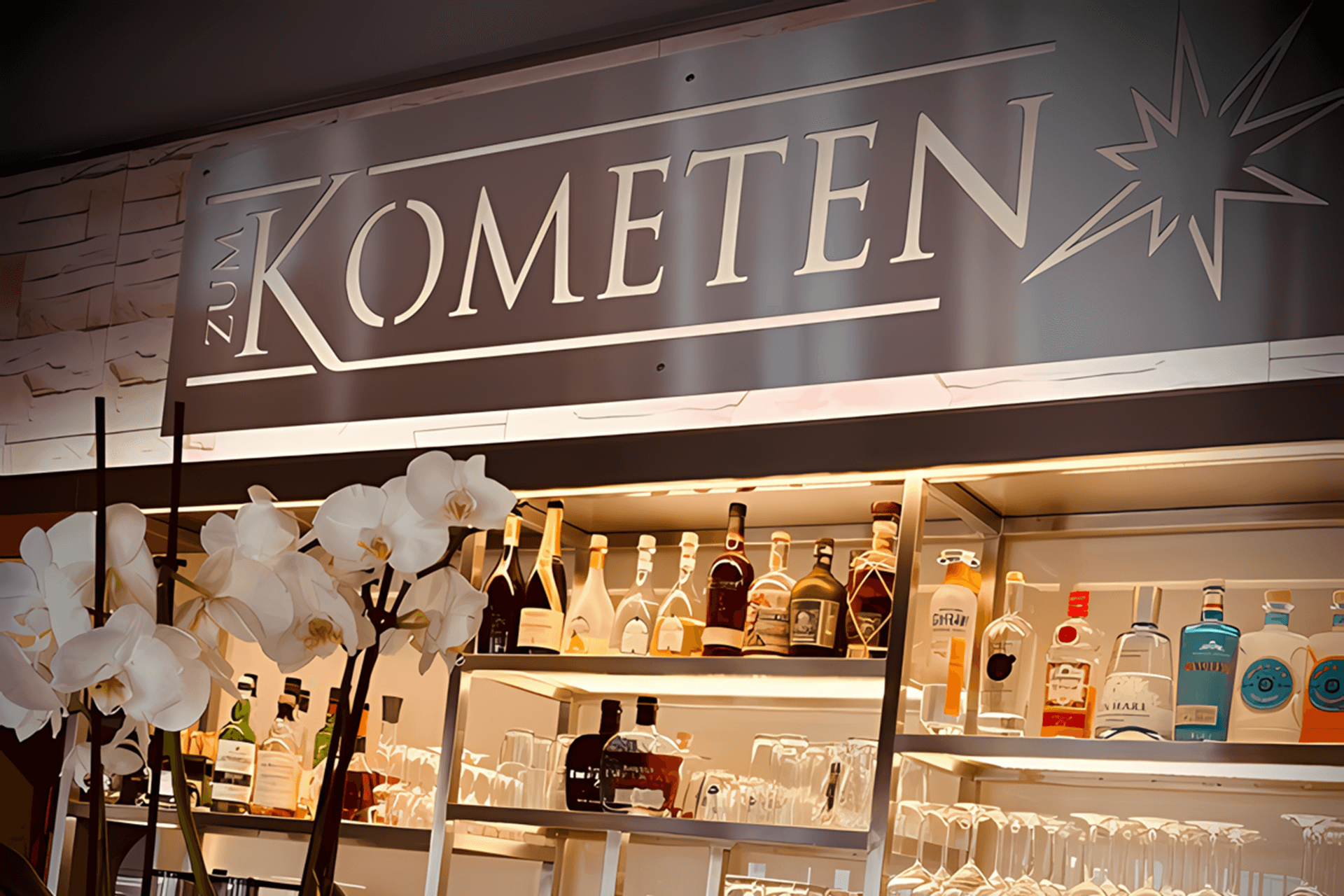Stadion des Zentrums für Sport und Freizeit (SOSiR) (stadium & open air pool)
Stadion des Zentrums für Sport und Freizeit (SOSiR) (stadium & open air pool)
Behind the bazaar that is very popular with visitors from Berlin and Brandenburg, a bit further uphill on the southern outskirts of Słubice, you find the old stadium of the town of Frankfurt, the "Stadion des Zentrums für Sport und Freizeit (SOSiR)". Today it is used by sports clubs and also accommodates a public outdoor swimming pool.
The architecture of this rather imposing sports facility, and especially the grandstand with its arched colonnades and arcaded passageways made of quarry stone, looks like a relic from the National Socialist era to the uninitiated. That is why the stadium is often associated with the 1936 Olympic Games, even though it was not involved. There also also local rumours about Adolf Hitler having used it as a stage. The truth is, the stadium was built before the Nazi era. The building work started in 1915 based on plans by Otto Morgenschweis, head of municipal planning in Frankfurt. Russian prisoners of war were also employed in its construction. The war and the subsequent economic crisis meant that construction work was suspended until 1925/26. A big sports festival finally marked its official opening in May 1927. At the time, the sports facility was considered one of the most important of its kind. Its location in the countryside of the Judenberge hills (probably named after the nearby Jewish cemetery, as "Judenberge" means "Jewish mountains" in German) made it very special. Originally, the grandstand afforded stunning views of the Dammvorstadt district and the Oder plain.
In 1927, the sports facility was renamed "Ostmarkstadion" (Ostmark stadium), in reference to Frankfurt's new geopolitical position near the new border drawn after World War I. 70 kilometres to the east, Poland emerged as a new nation state and during the Weimar Republic Frankfurt presented itself as a bulwark of Germanness in the eastern border area, called "Ostmark" at the time. The stadium is comparable to the "Deutsches Stadion" (German stadium), which was opened in Berlin in 1913 and had to make way for today's Olympic Stadium in 1934.







